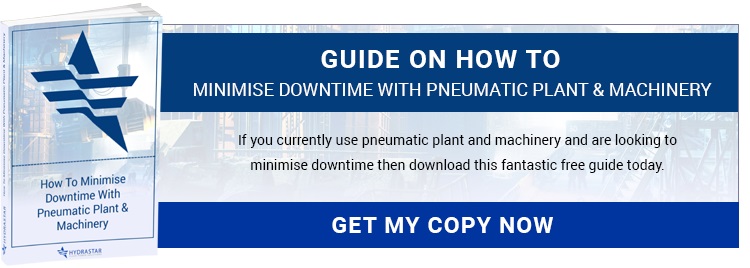Getting down to deciding on which Festo pneumatic cylinder or actuator to choose, starting from a blank sheet of paper, is a bit like saying “Build me a house.” You may not get what you want without a good deal of clarity about your requirements. The range of options is wide and may be confusing at first glance. Building up the requirement in layers of moderate granularity eventually results in a high-level candidate product specification. That should indicate a range of products or product ranges that are likely to be fit for purpose. After that, you have options to consult with experts or to sift through a range of technical product specifications to narrow down your search. Regardless of how you end up, the start point must be a clear and detailed picture of the requirements that covers as many product characteristics as possible.
Application – this is the single most significant element of your requirements when building the candidate product specification. It governs such essential characteristics as operational force output, type of device, cylinder design, repairable or disposable, speed, mechanical essentials it must provide and the load/pressure constraints and parameters under which it must operate – to name but a few.
Safety considerations must be of paramount importance and #1 on the list of attributes when considering any particular product. Certain operating conditions, loads, or constraints may demand very specific features of the chosen pneumatic cylinder or actuator to comply with safety requirements. Festo’s wide range of models and detailed specification sheets provide instant verification of any desired feature to support a specific safety requirement.
Air consumption must be such that it does not adversely impact on the overall supply available and will not interfere with other users of the power line. Also, consider the impact on the application under consideration in a worst case scenario where air starvation stops everything. Ensure that the design will not lead to any catastrophic outcomes in terms of production or safety.
ISO standards – what they mean and don’t mean is a very important consideration and it is essential to understand what characteristics are not governed by ISO standards. It does ensure identical air pressure conditions as well as physical characteristics like mountings dimensions for the foot and clevis and other elements. But ISO standards do not assess what materials a pneumatic cylinder or actuator is made from, what speed or performance it can achieve and general quality considerations. Whilst they do have great value, it pays to be aware of what they do and do not assure. ISO 15552 is probably the most common standard in the UK as regards pneumatic cylinder usage in high-speed manufacturing, food processing, canning and bottling, product packaging and suchlike applications.
Is a custom design a better fit? – Occasionally, the standard range of models simply will not do the job or will do it inefficiently. That’s when a custom designed and engineered model is necessary to meet operational requirements and deliver adequate efficiency and cost/benefit ratio. This is a relatively rare event nowadays what with the vast range of pneumatic cylinders and actuators readily available not just from Festo but also other highly recommended quality manufacturers.
Find out more about reducing downtime and saving on maintenance costs in our new free guide: How To Minimise Downtime On Pneumatic Systems. Access your copy today by clicking here.


